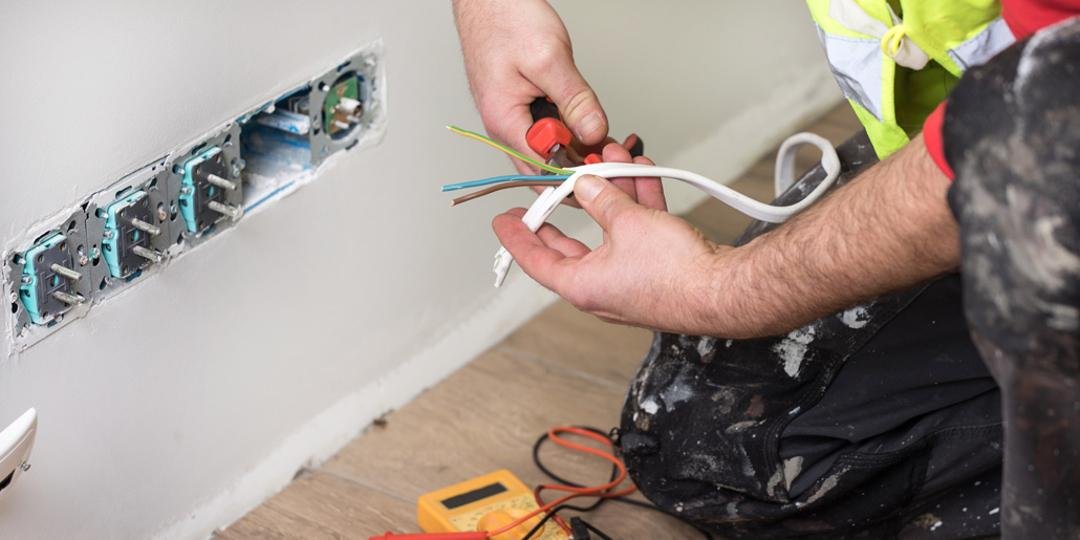Electrical junction boxes are essential components in electrical systems, designed to protect and organize electrical connections. These boxes house wiring connections, ensuring that they are safe, secure, and shielded from environmental factors. Choosing the right material for these boxes is crucial for safety and durability. Plastic junction boxes have become a popular choice due to their many advantages. They offer a cost-effective solution while providing excellent protection against various elements. This guide will delve into the benefits of plastic electrical junction boxes, their types, key features, and installation tips to help you make an informed decision.
What Are Electrical Junction Boxes?
Definition and Purpose
Electrical junction boxes are enclosures used to house and protect electrical connections. They serve as a critical component in electrical wiring systems, helping to prevent short circuits, electrical shocks, and fires. The primary purpose of these boxes is to provide a safe and organized space for connecting wires and protecting them from damage. They also help to manage and route electrical cables, ensuring that connections remain secure and accessible for maintenance or future upgrades.
Common Applications in Electrical Systems
Junction boxes are used in various settings, from residential and commercial buildings to industrial environments. In homes, they are often installed in walls, ceilings, and floors to manage electrical circuits and protect wiring connections. In commercial and industrial settings, junction boxes are used to handle more complex wiring systems and ensure that connections remain stable and safe under demanding conditions. Their versatility and essential role make them a crucial component of any electrical system.
Why Choose Plastic for Junction Boxes?
Advantages of Plastic Over Other Materials
Plastic junction boxes offer several advantages compared to traditional materials like metal. One of the key benefits is their resistance to corrosion, which makes them ideal for use in damp or humid environments. Unlike metal boxes, plastic does not rust or degrade over time, ensuring long-term reliability and reduced maintenance costs. Additionally, plastic junction boxes are lightweight and easy to handle, which simplifies installation and reduces labor costs.
Durability and Resistance to Environmental Factors
Plastic junction boxes are designed to withstand various environmental factors. They are resistant to moisture, chemicals, and UV radiation, making them suitable for both indoor and outdoor applications. This resistance ensures that the boxes maintain their structural integrity and continue to protect electrical connections even in challenging conditions. Their durability also means they are less likely to crack or break, providing added safety and longevity for your electrical system.
Types of Plastic Electrical Junction Boxes
Overview of Different Types
Plastic electrical junction boxes come in several types, each suited to different applications. The most common types include PVC (Polyvinyl Chloride), ABS (Acrylonitrile Butadiene Styrene), and polycarbonate. PVC junction boxes are known for their excellent chemical resistance and affordability, making them a popular choice for many applications. ABS boxes are valued for their impact resistance and strength, while polycarbonate boxes offer superior durability and temperature resistance, making them ideal for harsh environments.
Features and Benefits of Each Type
Each type of plastic junction box has unique features that make it suitable for specific applications. PVC boxes are lightweight and resistant to most chemicals, which makes them a cost-effective solution for general use. ABS boxes are tougher and can handle higher impact forces, making them suitable for more demanding environments. Polycarbonate boxes provide excellent protection against extreme temperatures and physical damage, making them ideal for use in severe conditions. Choosing the right type depends on the specific requirements of your electrical system and the environment in which the box will be used.
Key Features to Consider
Size and Capacity
When selecting a plastic junction box, size and capacity are crucial factors to consider. The box must be large enough to accommodate all the wires and connections without overcrowding, which can lead to overheating and potential hazards. It’s essential to choose a box that offers sufficient space for current and future wiring needs, allowing for easy access and maintenance. Proper sizing also ensures that the box can handle the electrical load without compromising safety or performance.
Weather Resistance and Impact Strength
Plastic junction boxes should be chosen based on their weather resistance and impact strength, especially for outdoor or industrial applications. Weather-resistant boxes are designed to withstand exposure to rain, sunlight, and temperature fluctuations without degrading. Impact strength is also important to prevent damage from accidental impacts or physical stress. Ensuring that the junction box meets these criteria helps maintain its functionality and safety over time.
Ease of Installation
Ease of installation is another important feature to consider. Plastic junction boxes are generally easy to install due to their lightweight nature and user-friendly designs. Many boxes come with pre-drilled holes or mounting options that simplify the installation process. Additionally, some plastic junction boxes feature modular designs that allow for easy expansion or modification of wiring systems. Choosing a box that offers straightforward installation can save time and reduce the complexity of your electrical setup.
How to Install Plastic Junction Boxes
Step-by-Step Installation Guide
Installing a plastic junction box involves several key steps. First, select the appropriate size and type of junction box based on your wiring needs. Next, mark the location where the box will be installed, ensuring it is accessible and meets any relevant electrical codes. Cut an opening in the wall or surface to fit the box and secure it in place using screws or mounting hardware. Connect the wires according to the wiring diagram, ensuring proper alignment and secure connections. Finally, close the box with the cover and test the system to ensure everything is functioning correctly.
Tips for a Successful Setup
To ensure a successful installation, follow these tips: Always turn off the power supply before starting any electrical work. Use appropriate tools and follow safety guidelines to avoid accidents. Make sure the wires are properly stripped and connected to avoid short circuits or loose connections. If you’re unsure about any aspect of the installation, consult a professional electrician for assistance. Proper installation and adherence to safety standards will help ensure the longevity and reliability of your electrical system.
Maintenance and Care
How to Keep Plastic Junction Boxes in Good Condition
Maintaining plastic junction boxes is relatively simple. Regularly inspect the boxes for any signs of damage or wear, such as cracks or discoloration. Clean the boxes as needed to remove dust and debris, which can affect their performance. Ensure that the covers are securely fastened and that there are no loose connections or exposed wires. By performing routine checks and maintenance, you can extend the lifespan of your plastic junction boxes and ensure their continued effectiveness in protecting your electrical system.
Troubleshooting Common Issues
Common issues with plastic junction boxes include cracks, damage from impacts, and moisture ingress. If you notice any cracks or damage, replace the box immediately to prevent electrical hazards. For moisture-related problems, ensure that the box is properly sealed and that there are no gaps where water can enter. If you encounter any issues with wiring connections, verify that they are properly insulated and securely connected. Addressing these problems promptly will help maintain the safety and functionality of your electrical system.
Safety Tips and Best Practices
Ensuring Safety During Installation and Use
Safety is paramount when working with electrical junction boxes plastic. Always follow electrical codes and guidelines to ensure proper installation and operation. Use insulated tools and wear appropriate personal protective equipment (PPE) to prevent electrical shocks. Never work on live circuits; always turn off the power supply before beginning any installation or maintenance work. Proper grounding and secure connections are essential to prevent electrical hazards and ensure the safety of the system.
Avoiding Common Mistakes
Avoid common mistakes such as using an undersized box, which can lead to overheating and potential fire hazards. Ensure that all connections are properly insulated and that the box is securely mounted. Do not overload the junction box with excessive wiring, as this can strain the connections and compromise safety. Regularly inspect the box and connections to identify and address any issues before they become serious problems.
Conclusion
In summary, plastic electrical junction boxes offer numerous benefits, including durability, resistance to environmental factors, and ease of installation. By understanding the different types of plastic boxes, their features, and proper installation and maintenance practices, you can ensure a safe and reliable electrical system. Choosing the right junction box for your needs will help protect your wiring connections and contribute to the overall safety and efficiency of your electrical setup.




